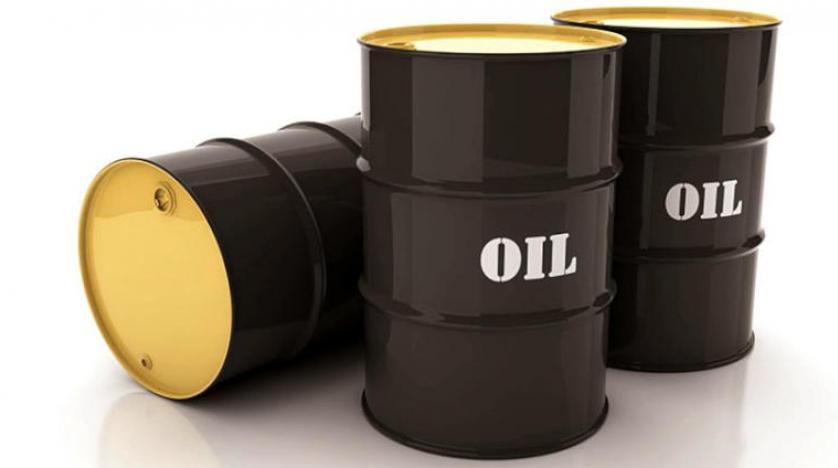In Asian trading session on Monday, oil prices dip slight as cautious investors awaited fresh economic data from the United States and China.
Brent crude oil, against which Nigerian oil is priced, dropped by 55 cents, or 0.7% to $77.92 per barrel by 06:30 , while U.S. West Texas Intermediate crude fell by the same margin to $73.31 per barrel.
The upcoming release of key economic indicators, including the U.S. Consumer Price Index (CPI) and China’s comprehensive economic data, contributed to oil traders exercising caution.
Tina Teng, an analyst at CMC Markets, emphasized the wariness among oil traders concerning these economic reports.
China’s factory-gate prices fell at the fastest pace in over seven years in June, government data showed on Monday, as the momentum of economic recovery in the world’s second-largest economy has slowed.
The oil benchmarks gained more than 4% last week to touch their highest marks since May, rising for a second straight week after the world’s biggest oil exporters Saudi Arabia and Russia pledged to deepen supply cuts in August.
“The presence of economic slowdowns in China adds to the prevailing uncertainty in the oil market,” said Mukesh Sahdev, head of downstream and oil trading at Rystad Energy.
“The market’s instability is further fueled by the ongoing tug-of-war between fears of demand control by Western economies and the supply-control strategies employed by OPEC, which impacts the oil market’s delicate balance.”
Saudi Arabia will extend its 1 million barrels per day (bpd) output cut into August and Russia will cut crude exports by 500,000 bpd. Instead of cutting output, Russia will be using the crude to produce more fuel to meet domestic demand, a government source told Reuters on Friday.
Saudi Arabia’s cuts are easing its oil glut as floating storage off the Egyptian Red Sea port of Ain Sukhna is down by almost half to 10.5 million barrels from mid-June, according to data from oil analytics firm Vortexa as of July 7.
Non-OPEC+ supply has been keeping up with global demand, JPMorgan analysts said in a note, adding that OPEC+ needs to deepen its cuts by another 700,000 bpd in the second half of the year on top of announced reductions and extend them into 2024.
In the U.S., Friday’s data showed still-strong wage growth and a slight drop in the unemployment rate this week will likely keep the Federal Reserve on track to raise interest rates at the upcoming July meeting.
Money managers raised their net long U.S. crude futures and options positions in the week to July 3, the U.S. Commodity Futures Trading Commission (CFTC) said on Friday.
A sustained break for WTI prices above $75 would likely see the benchmark testing the top of its eight-month $64 to $84 range, IG analyst Tony Sycamore said.
U.S. oil rigs fell by five to 540 last week, the lowest since April 2022, according to a Baker Hughes report on Friday.















